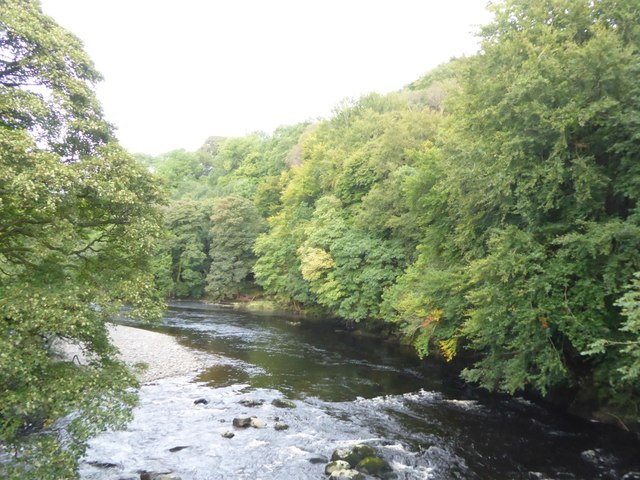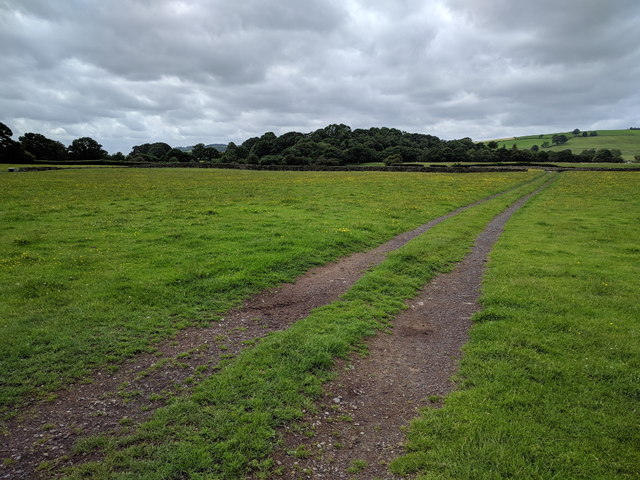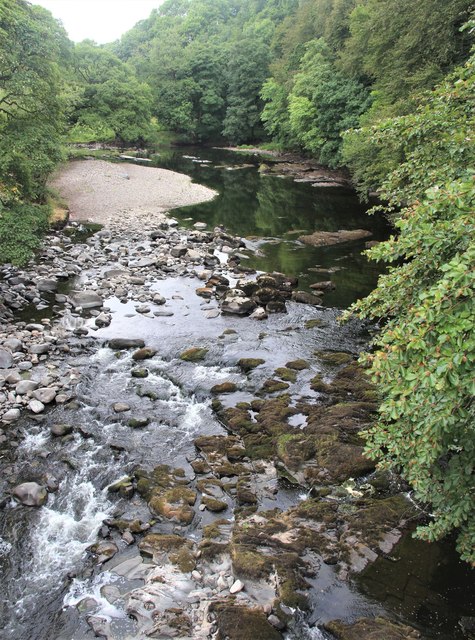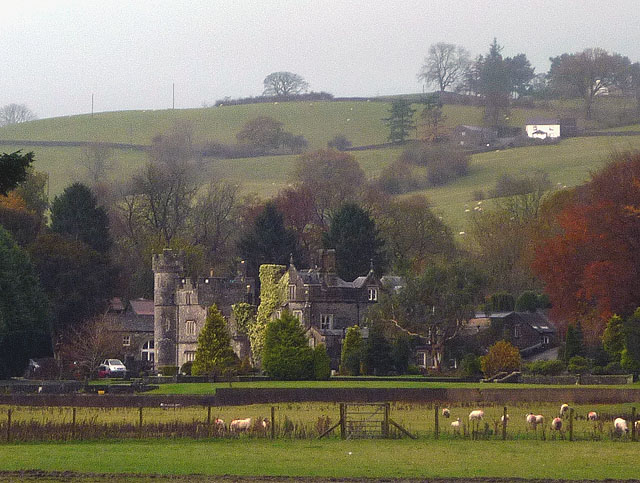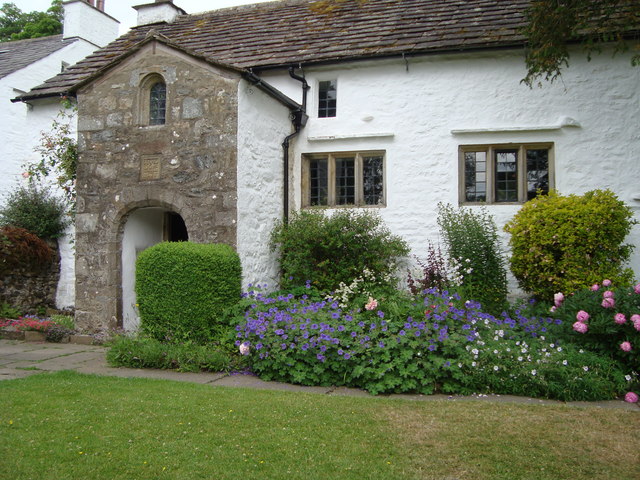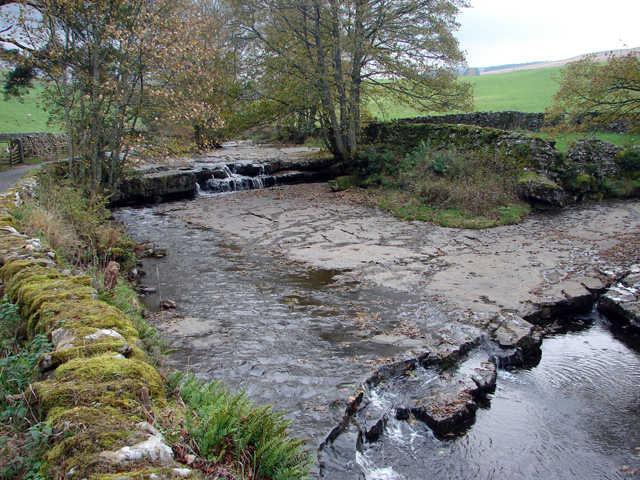The Loups
Lake, Pool, Pond, Freshwater Marsh in Yorkshire South Lakeland
England
The Loups
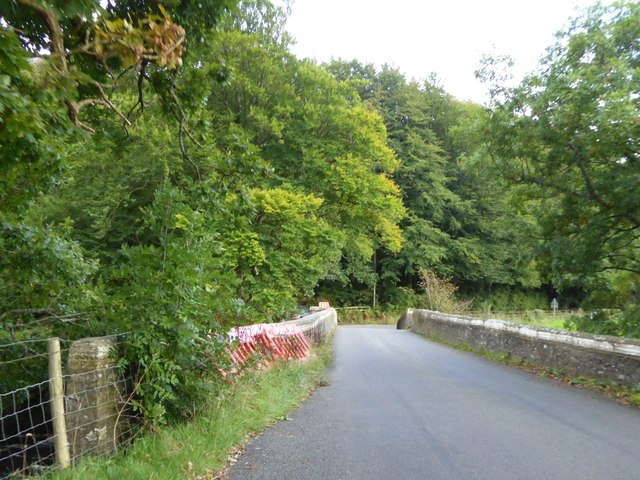
The Loups, located in Yorkshire, is a picturesque freshwater marsh that encompasses a lake, pool, pond, and wetland. This stunning natural habitat is spread across a sprawling area, offering a diverse range of flora and fauna.
The centerpiece of The Loups is the shimmering lake, which stretches over a significant portion of the marsh. The lake is characterized by its crystal-clear waters and serves as a vital water source for the surrounding ecosystem. It supports a variety of aquatic plants, such as lilies and reeds, which provide shelter and food for numerous species of fish, birds, and insects.
Adjacent to the lake is a tranquil pool, which is relatively smaller in size but equally enchanting. This secluded water body is known for its calm and stillness, attracting various waterfowl that come to feed and breed. The pool is surrounded by lush vegetation, including water lilies and rushes, which add to its allure.
Further into the marsh, there is a smaller pond nestled amidst the reeds and grasses. This pond is teeming with life, hosting a diverse range of amphibians, insects, and small aquatic creatures. It serves as a breeding ground for frogs and toads, their distinctive calls filling the air during the breeding season.
The Loups, with its combination of the lake, pool, and pond, provides a thriving habitat for an array of wildlife. It is home to numerous bird species, including ducks, herons, and kingfishers, which can be spotted diving and swooping across the water. The marshland is also frequented by mammals like otters and water voles, which make their homes along the marshy edges.
Overall, The Loups in Yorkshire is a remarkable freshwater marsh that offers a harmonious blend of water bodies and wetland vegetation, fostering a rich and diverse ecosystem. It is a haven for nature enthusiasts and a vital habitat for a wide range of plant and animal species.
If you have any feedback on the listing, please let us know in the comments section below.
The Loups Images
Images are sourced within 2km of 54.319781/-2.5748515 or Grid Reference SD6291. Thanks to Geograph Open Source API. All images are credited.
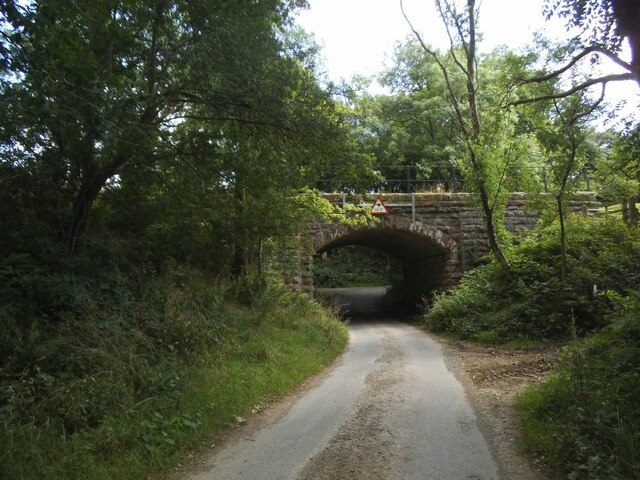
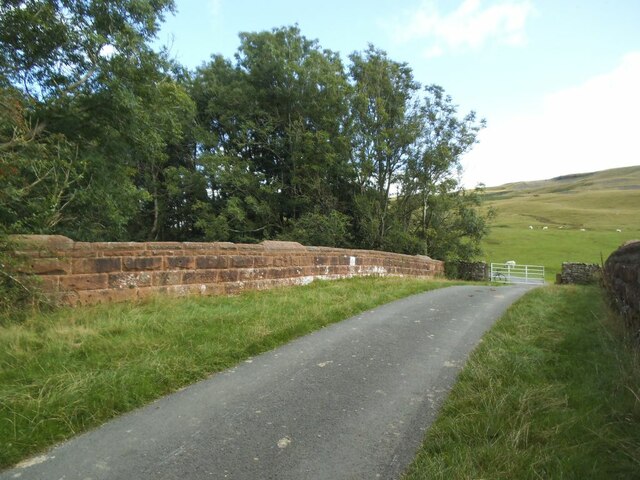


The Loups is located at Grid Ref: SD6291 (Lat: 54.319781, Lng: -2.5748515)
Division: West Riding
Administrative County: Cumbria
District: South Lakeland
Police Authority: Cumbria
What 3 Words
///devoured.oddly.churn. Near Sedbergh, Cumbria
Nearby Locations
Related Wikis
St Gregory's Church, Vale of Lune
St Gregory's Church, Vale of Lune, also known as the Vale of Lune Chapel, is a redundant Anglican church situated on the A684 road about 1.5 miles (2 km...
Ingmire Hall
Ingmire Hall is a grade II listed 16th century country house built around the remains of a pele tower some 2 miles west of Sedbergh, Cumbria, England.The...
Brigflatts Meeting House
Brigflatts Meeting House or Briggflatts Meeting House is a Friends Meeting House of the Religious Society of Friends (Quakers), near Sedbergh, Cumbria...
Sedbergh railway station
Sedbergh railway station was located in the West Riding of Yorkshire, serving the town and locale of Sedbergh on the Ingleton Branch Line. The town now...
River Rawthey
The River Rawthey is a river in Cumbria in northwest England. The headwaters of the Rawthey are at Rawthey Gill Foot, where Rawthey Gill meets Haskhaw...
River Dee, Cumbria
The River Dee is a river running through the extreme south east of Cumbria, a part of the Craven region traditionally part of the West Riding of Yorkshire...
Firbank
Firbank is a village and civil parish in the South Lakeland district of the English county of Cumbria. It has a population of 97. As Firbank had a population...
Sedbergh School
Sedbergh School is a public school (English private boarding and day school) in the town of Sedbergh in Cumbria, North West England. It comprises a junior...
Nearby Amenities
Located within 500m of 54.319781,-2.5748515Have you been to The Loups?
Leave your review of The Loups below (or comments, questions and feedback).
